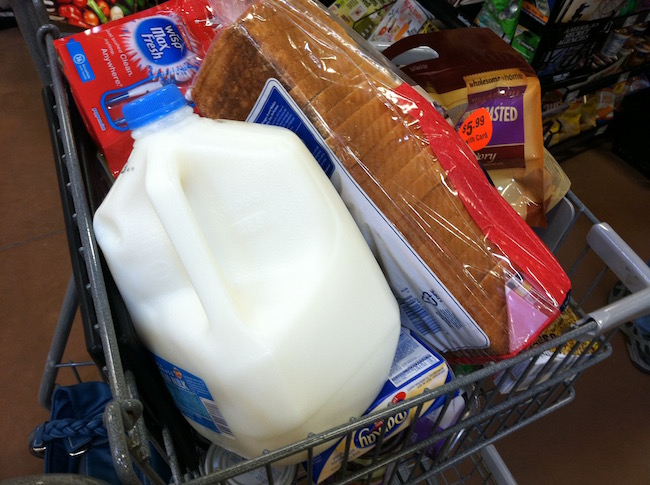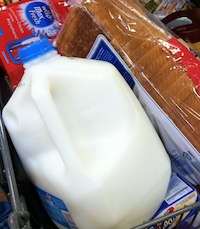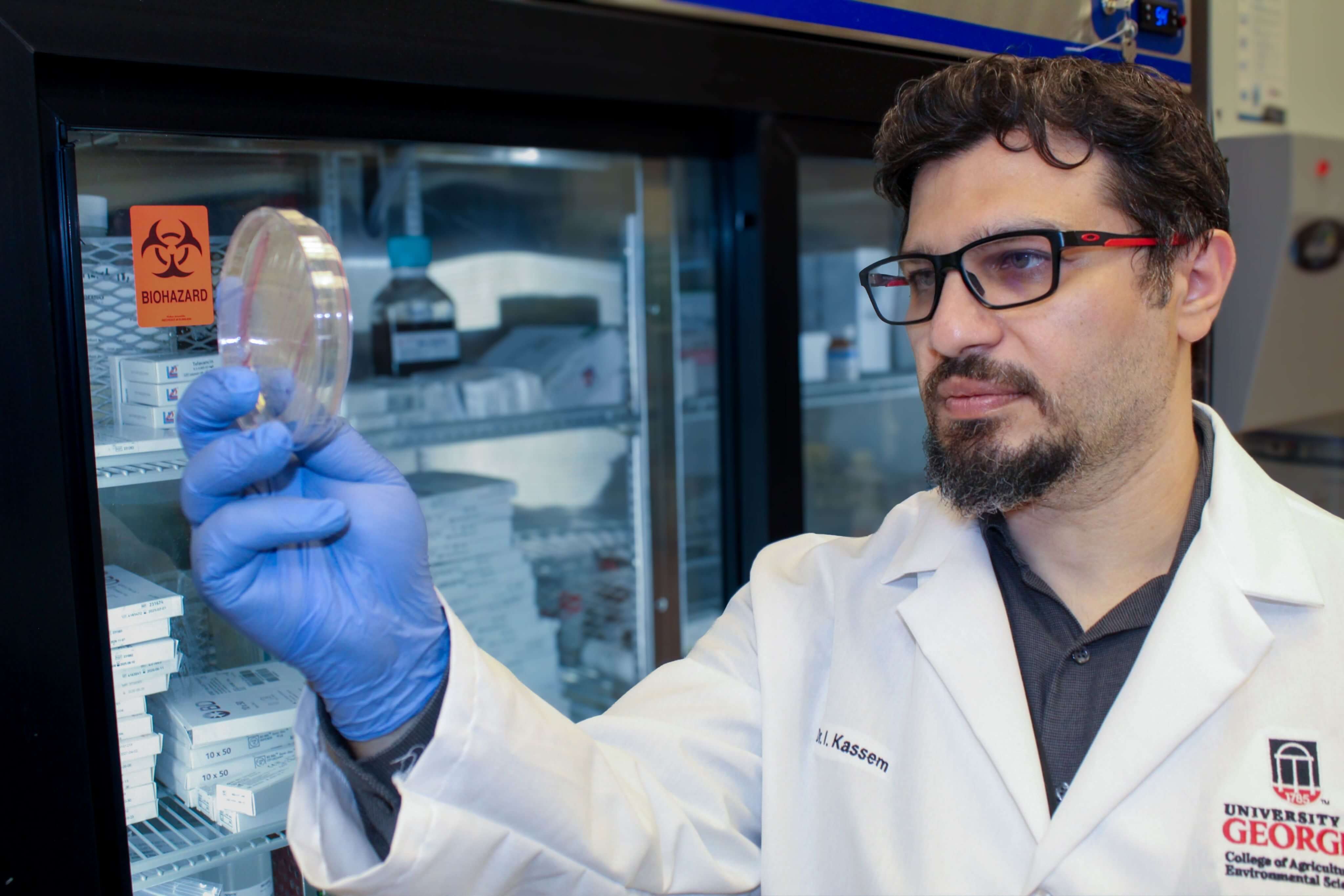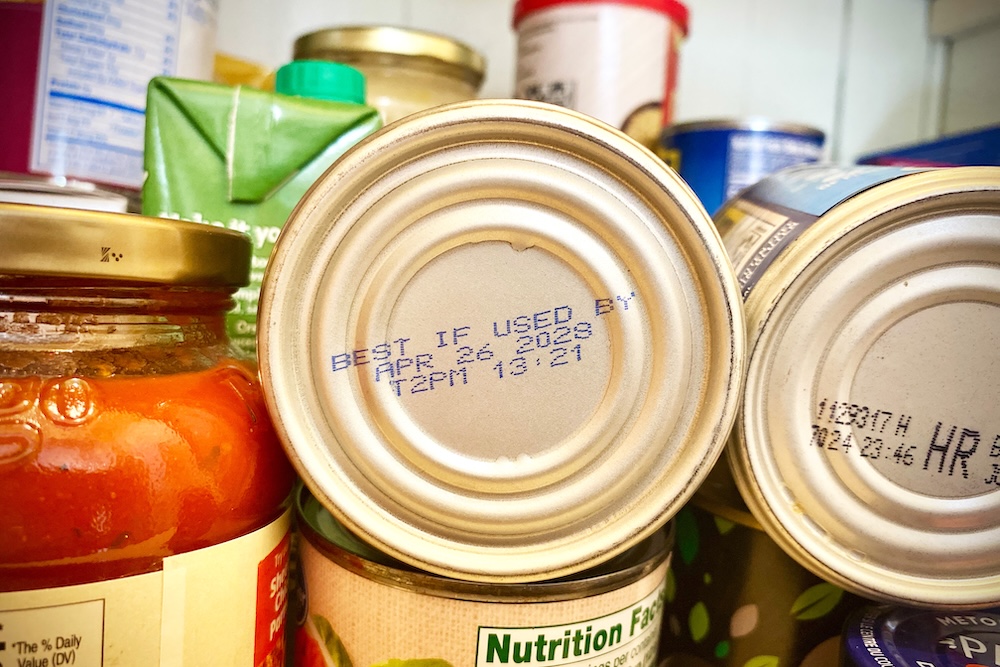With snow and ice in the winter, the likelihood of a power outage always lingers. University of Georgia Cooperative Extension encourages Georgians to be prepared before an emergency strikes.
Making sure that you and your family have the supplies you need on hand prevents you from having to rush to the store right before a disaster occurs to fight the crowds for milk and bread.
Preparation is also key to saving as much food as possible when the power goes off. When there is no power to run appliances, there’s a question of what to do with food in refrigerators and freezers.
People are hesitant to throw away food after a power outage because they feel they are throwing away money. However, eating food that has not been kept at the proper temperatures comes with a grave risk of foodborne illness.
Time and temperature are important factors in food safety. When the power is on, refrigerators should be set at or below 40 degrees Fahrenheit and freezers should be set at or below 0 F.
If the power goes out, keep the doors to the refrigerator and freezer closed as much as possible. If the door is left unopened, the refrigerator will keep food safely cold for about four hours. A full freezer will hold the temperature for 48 hours (or 24 hours if it’s half full). Dry (carbonic gas) or block ice can be used to keep your refrigerator or freezer cold.
Consider how to store your food safely before an emergency occurs. If you live in flood-prone areas, store food high on shelves above areas that may be exposed to contaminated water.
Keep coolers and frozen gel packs on hand for times when the power may be out for more than 4 hours. If your freezer is not full, keep items close together to help the food stay cold longer. Keep like items together – meats with meats, vegetables with vegetables, and so on.
When you know a power failure may occur, run your freezer at colder temperatures; the colder the food, the more slowly it will thaw.
Although the temperature outside may be below freezing, never store your food outdoors during a power outage. Frozen food can thaw in the sun’s rays even when the outdoor temperature is below freezing. Food can become too warm and bacteria can grow from the variation in outside temperature from hour to hour. Perishable items can also be exposed to unsanitary conditions or animals. Rather than putting food outside, take advantage of the freezing weather to make ice to use in your refrigerator, freezer or coolers.
Once power is restored, evaluate each item to ensure its safety. Never rely on appearance or odor. Having appliance thermometers in both your refrigerator and freezer, and a meat thermometer for taking the temperature of food items individually, is necessary for evaluation. Have these in place before an emergency.
If the appliance thermometer stored in the freezer reads 0 F or below, the food is safe and may be refrozen. Always discard any items in the freezer or refrigerator that have encountered raw meat juices. Discard any perishable food (such as meat, poultry, fish, eggs, and leftovers) that have been above 40 F for two hours. Partial thawing and refreezing may reduce the quality and integrity of some food, but it won’t endanger the safety of the food if the temperature is low enough.
For more information on food safety, nutrition and healthy living, contact your local UGA Extension office at 1-800-ASK-UGA1.








